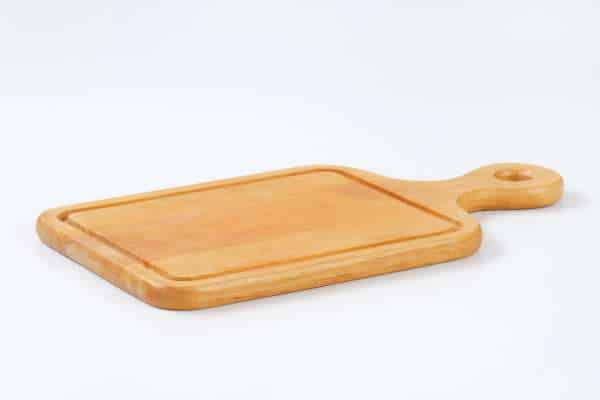Selecting the right wood for a cutting board goes beyond aesthetics—it’s crucial for durability, hygiene, and even knife longevity. So, what’s the best wood for a cutting board? With options like maple, walnut, cherry, and teak, each type offers distinct benefits, from hardness and resistance to moisture control. In this guide, we’ll explore the top wood choices, their unique features, and which might best suit your kitchen needs. Whether you’re a culinary enthusiast or just looking for a quality upgrade, understanding the strengths of each wood will help you make an informed, lasting choice that keeps your kitchen both functional and stylish. Read on to find your perfect match!
Why Wood is a Preferred Material for Cutting Boards
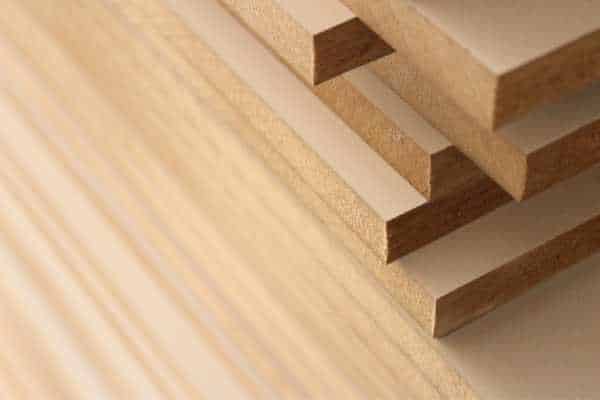
Wood stands out as a preferred material for cutting boards due to its unique qualities that other materials struggle to match. Unlike plastic or glass, which can be harsh on knives and show scratches easily, wood offers a natural resilience. Bamboo, although eco-friendly, can be overly hard, impacting knife edges. Wood, however, provides a balance—it’s durable yet gentle on knives, showcasing self-healing properties that keep it looking fresh longer. The natural grain in hardwoods like maple and walnut helps prevent deep cuts where bacteria might hide, making wood a practical, hygienic choice for kitchens. This combination of longevity, aesthetics, and functionality keeps wood boards a favorite.
Essential Factors in Choosing the Best Wood for Cutting Boards
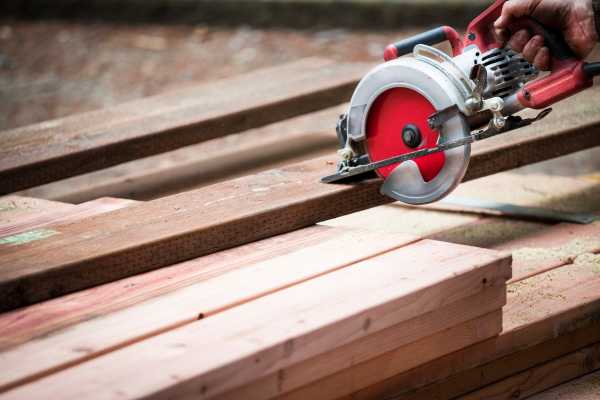
Choosing the best wood for a cutting board requires attention to essential factors like durability, safety, maintenance, and aesthetics. Durability means selecting a hardwood with high resistance to wear, ensuring longevity even with frequent use. Safety is equally crucial, focusing on non-toxic properties and the wood’s natural resistance to bacteria. Maintenance matters too, as certain woods make cleaning and upkeep easier, helping preserve the board’s quality. Finally, aesthetics play a role, as wood type can enhance the board’s look, adding style to your kitchen. Considering these elements will lead you to a cutting board that’s both practical and visually appealing for years to come.
Hardwoods vs. Softwoods: Which is Better for Cutting Boards
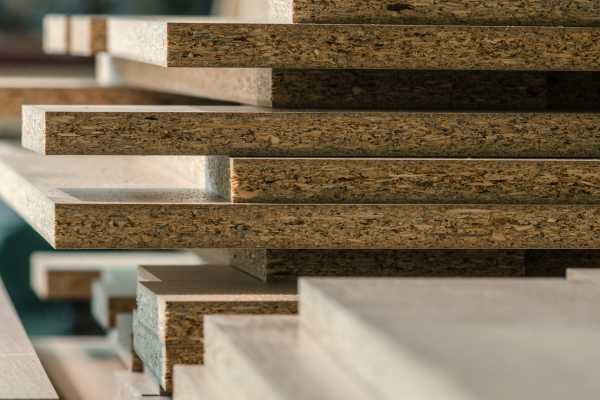
Choosing the best wood for a cutting board, understanding the difference between hardwoods and softwoods is essential. Hardwoods, like maple and walnut, generally outperform softwoods for cutting boards due to their density and durability, which helps resist cuts and scratches. Hardwoods are less porous, offering better moisture resistance and reducing the risk of bacteria buildup. Softwoods, on the other hand, are prone to dents and absorb moisture more easily, making them less hygienic over time. While softwoods are often lighter and more affordable, hardwoods remain the preferred choice for a long-lasting, safe cutting surface that holds up well to daily kitchen use.
Top Choices: Best Hardwood Options for Cutting Boards
When choosing the best wood for a cutting board, certain hardwoods stand out for their durability and aesthetic appeal. Maple is a top choice for its hardness and ability to withstand daily use, making it highly popular among chefs. Walnut offers a beautiful, rich color while being gentle on knives. Cherry brings warm tones that deepen over time, adding character to any kitchen. Teak, known for its high oil content, naturally resists moisture and bacteria, making it ideal for hygiene. Each hardwood has unique qualities, so selecting the right one ensures a cutting board that’s both practical and stylish for any kitchen setup.
Maple: The Classic Cutting Board Wood
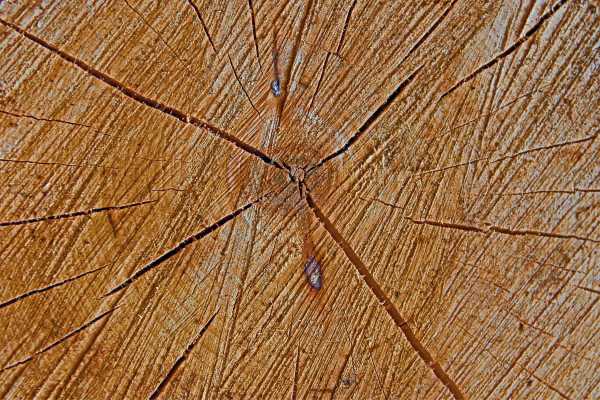
Maple stands out as a top choice for cutting boards, known for its classic appeal and exceptional durability. Its dense grain structure resists cuts and scratches, maintaining a smooth surface that’s gentle on knives. This hardwood’s natural antimicrobial properties also contribute to a cleaner kitchen, helping to prevent bacterial growth with regular care. Maple’s strength and stability make it ideal for daily use, allowing it to withstand heavy chopping and slicing without warping. Additionally, its light, neutral tone complements any kitchen style, making maple a timeless, practical choice for both professional chefs and home cooks seeking a reliable, high-quality cutting board.
Walnut: Elegant and Durable
Walnut stands out as an excellent choice for cutting boards, offering a rich, dark color that adds elegance to any kitchen. Known for its balanced hardness, walnut provides a solid yet gentle surface that helps protect knives from wear. Its durable nature means it can withstand frequent use while maintaining its beauty. For optimal longevity, regular oiling helps preserve walnut’s color and prevents drying or cracking. Though it may require a bit more care than lighter woods, the payoff is a stunning, resilient cutting board that enhances both functionality and aesthetics in the kitchen, making walnut a favored option for culinary enthusiasts and professionals alike.
Cherry: Gentle on Knives and Beautiful to Look At
Cherry wood is an excellent choice for a cutting board, blending functionality with timeless beauty. Known for its moderate hardness, cherry is gentle on knives, making it ideal for everyday use without dulling blades. Its rich, warm color deepens over time, giving the board a unique character that adds charm to any kitchen. Cherry wood is also durable, offering a balance between resilience and softness, which helps maintain both the board and your knives. As it ages, cherry wood develops a smooth, beautiful patina that enhances its appearance, making it a cutting board choice that’s both practical and visually appealing.
Teak: Water-Resistant and Long-Lasting
Teak is a top choice for cutting boards due to its natural water resistance and durability. Known for its high oil content, teak naturally repels moisture, helping prevent warping and cracking, even with frequent use. This wood’s natural oils also provide a protective barrier against bacteria, making it ideal for kitchen environments. However, maintaining teak’s quality requires a bit of extra care. Regular oiling helps preserve its appearance and extend its lifespan, ensuring it remains a lasting addition to your kitchen. With proper maintenance, a teak cutting board can combine both beauty and functionality, serving as a reliable kitchen tool for years to come.
Factors to Avoid: Woods That Aren’t Ideal for Cutting Boards

When choosing the best wood for a cutting board, avoiding certain woods is essential. Woods like oak and pine may seem appealing, but their high porousness makes them prone to trapping bacteria and odors—posing a hygiene risk in the kitchen. Additionally, softer woods like pine tend to splinter, increasing wear on both the board and your knives. Oak, while durable, requires frequent maintenance to prevent cracking and warping. These woods lack the density and stability needed for lasting cutting boards, making them less suitable for regular use. Opting for hardwoods that resist moisture and bacteria ensures a cleaner, safer, and longer-lasting cutting board in your kitchen.
Care and Maintenance for Wooden Cutting Boards
Caring for a wooden cutting board is essential to extend its life and keep it looking great. Start by cleaning the board with mild soap and warm water, avoiding submerging it to prevent warping. For deeper cleaning, use coarse salt and lemon to scrub away stains and odors. Regularly conditioning with food-safe oils like mineral oil, coconut oil, or beeswax keeps the wood hydrated, preventing drying and cracking. Apply oil in a thin layer, let it absorb, and wipe off excess for a smooth, durable finish. With proper care and regular maintenance, a quality wooden cutting board will stay functional and beautiful for years to come.
Conclusion
In conclusion, determining what’s the best wood for a cutting board involves understanding the unique properties of each type. Maple stands out for its durability and affordability, making it an excellent choice for both novice and experienced chefs. Walnut, with its striking appearance, adds aesthetic value while being gentle on knives. For those in humid climates, teak offers superior moisture resistance. Each wood type offers distinct advantages, and your choice will depend on your specific needs and culinary habits. By selecting the right wood, you ensure long-lasting quality and safety in your kitchen, making every slicing experience a pleasure.

